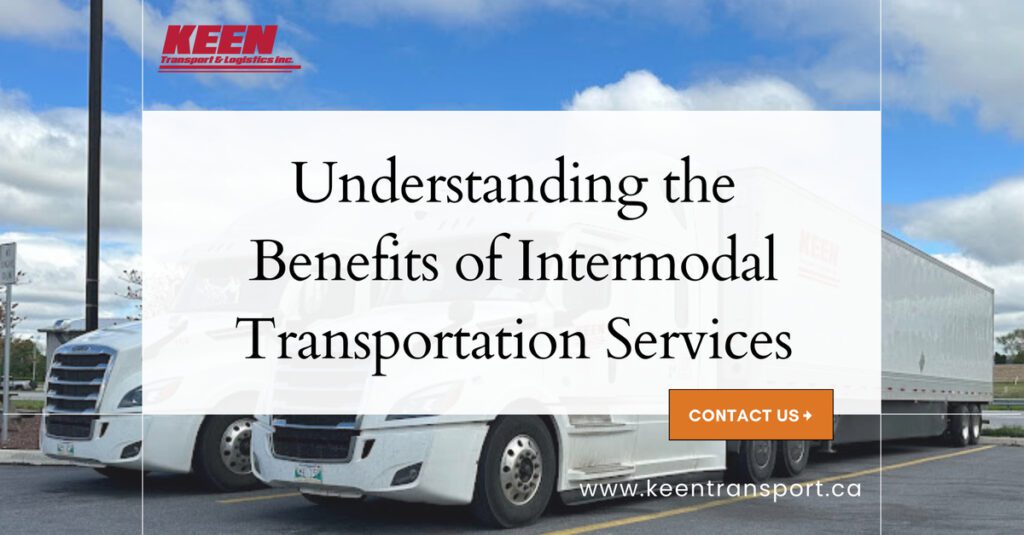In today’s fast-paced global economy, businesses seek efficient ways to move goods while minimizing costs and maximizing reliability. One solution gaining popularity is Benefits of Intermodal Transportation Services. This method combines various modes of transport—such as truck, rail, and ship—to optimize the supply chain. In this blog post, we will explore the benefits of intermodal transportation and why it might be the best choice for your logistics needs.
1. Cost Efficiency
One of the most significant advantages of Intermodal Transportation Services is cost savings. By using a combination of transportation modes, businesses can take advantage of the lower rates offered by rail and ship. This approach helps reduce overall transportation costs, allowing companies to allocate resources more effectively.
2. Environmental Benefits
With growing concerns about climate change, Intermodal Transportation Services provide a greener alternative to traditional trucking. Rail transport, in particular, is more fuel-efficient than road transport. By reducing the carbon footprint associated with moving goods, businesses can enhance their sustainability efforts and appeal to environmentally conscious consumers.
3. Improved Transit Times
Contrary to the perception that intermodal transport may slow down delivery times, it often enhances efficiency. With the right planning and coordination, Intermodal Transportation Services can facilitate quicker transit times, especially when utilizing rail for long-distance shipments. This efficiency allows businesses to meet tight deadlines and maintain customer satisfaction.
4. Increased Flexibility
Intermodal transportation offers significant flexibility in routing and scheduling. Businesses can easily adjust their transportation plans to accommodate changes in demand or disruptions in the supply chain. This adaptability ensures that companies can respond to challenges without compromising service quality.
5. Enhanced Security
Using Intermodal Transportation Services can enhance the security of shipments. With multiple modes of transport, goods can be monitored more effectively throughout their journey. Additionally, rail transport offers a more secure environment for high-value cargo, reducing the risk of theft or damage.
Conclusion
In summary, the Benefits of Intermodal Transportation Services are substantial. From cost efficiency and environmental advantages to improved transit times and flexibility, this logistics approach can help businesses thrive in an increasingly competitive market. By leveraging the strengths of various transportation modes, companies can optimize their supply chain and achieve greater success. If you’re considering enhancing your logistics strategy, Intermodal Transportation Services may be your perfect solution.

